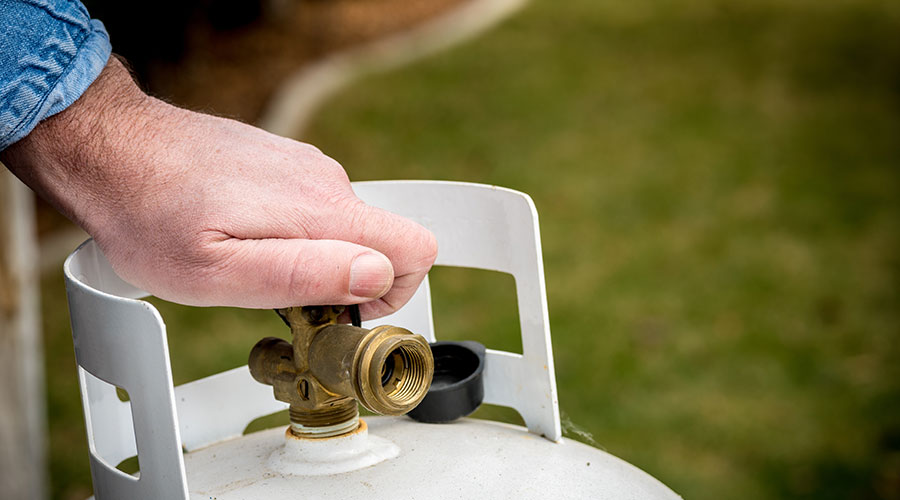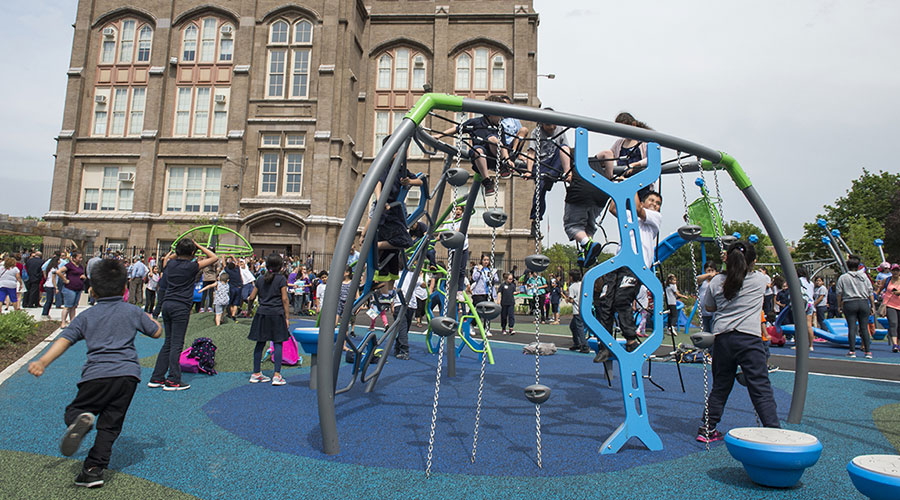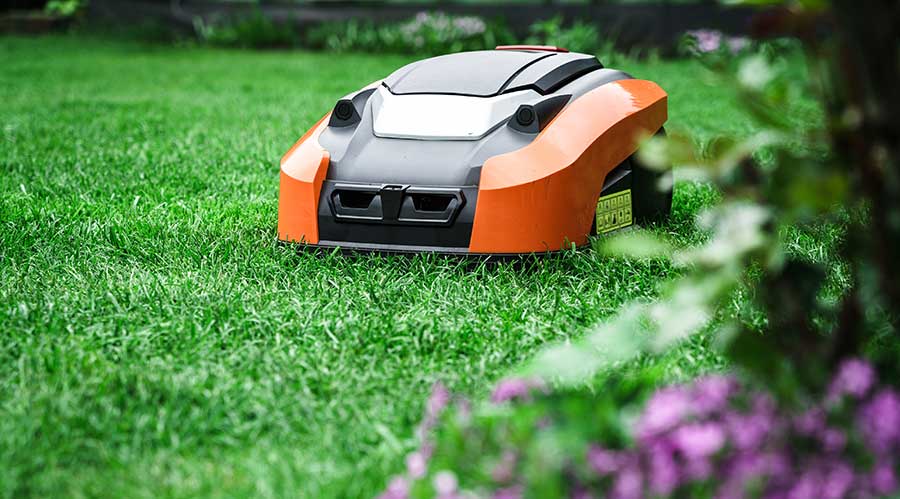How Grounds Equipment Manufacturers Are Driving Sustainable Maintenance
Manufacturers weigh in on the sustainability features that facility managers are demanding and how grounds equipment is evolving to meet the moment.
With more facility teams under pressure to reduce their environmental footprint, sustainability has become a priority not just for buildings, but for the landscapes that surround them. Grounds equipment manufacturers are stepping up with cleaner, more efficient solutions to help teams meet both internal and regulatory sustainability goals.
In this manufacturer roundtable, Facility Maintenance Decisions spoke with grounds equipment manufacturers about how their equipment offerings have changed and where the push toward greener maintenance is headed next.
FMD: How are grounds equipment manufacturers helping facility teams meet sustainability goals? How has grounds equipment evolved in recent years to address the sustainability demands of in-house grounds workers?
“Grounds equipment has become more energy-efficient, with some customers switching to battery products if in regulated areas, client preference or request or to differentiate their brand in their market. Additionally, robotic mowing solutions enable low-emission, autonomous turf care with high precision.”
— Jack Easterly, global business segment manager, landscaping and facility, Husqvarna
“Grounds equipment manufacturers are increasingly vital partners in helping facility teams meet their sustainability goals. Through innovation and technological advancements, they provide tools and systems that reduce environmental impact, improve operational efficiency, and support sustainable practices in grounds management.
Electrification of equipment, energy efficient and low-impact strategies, using sustainable products, smart/connected equipment, reduction of chemical and water use, supporting biodiversity and ecosystem health.
- ELECTRIFICATION. Many of the manufacturers are incorporating electric and battery-operated lines to their platforms, ranging from handheld to larger equipment. This shift has been exponential over the last few years, and we are starting to see better versions of the equipment. This shift is helping to reduce greenhouse emissions, air pollution, and noise pollution; all key factors for sustainable facility management.
- ENERGY EFFICIENT/LOW-IMPACT STRATEGIES. Modern equipment incorporates energy-efficient motors, optimized power management, and sustainable design principles to reduce energy consumption during operation, supporting campus or facility sustainability initiatives.
- SUSTAINABLE PRODUCTS. Manufacturers are continuously looking to utilize recycled or eco-friendly alternatives in equipment construction. This effort promotes a circular economy principle , which benefits us all.
- SMART/CONNECTED EQUIPMENT. Smart tools and systems allow for the teams to monitor equipment performance, optimize usage schedules, and perform predictive/preventive maintenance. This reduces waste, downtime of labor and equipment, and unnecessary energy usage.
- REDUCTION OF CHEMICAL/WATER. As the industry continues to advance its equipment and application techniques, the natural course is the reduction of chemicals and water in the process. Every amount helps to align with an environmentally responsible approach to the facility and landscape.
- BIODIVERSITY/ECOSYSTEM. Equipment designed for precision, efficiency and minimal turf or soil disturbance helps maintain healthy ecosystems, supporting biodiversity goals.
The most notable evolution has been the rapid adoption of battery-powered equipment—mowers, trimmers and blowers—that offer comparable power to traditional gas engines but with zero emissions and significantly lower noise levels.
Robotic mowers and autonomous landscape management tools are increasingly common, providing precise, consistent maintenance with minimal human intervention and lower energy consumption. This is an interesting segment with incredible potential. Connected tools provide real-time data on usage, performance, and maintenance needs, enabling smarter operations that optimize resource use and reduce waste.
Advancements in battery technology—faster charging, longer run times, and improved durability—make electric equipment more practical for demanding groundskeeping tasks. Manufacturers are adopting sustainable manufacturing practices and incorporating recycled materials into new equipment models, reducing environmental footprints.
Recent developments reflect a clear shift toward cleaner, smarter, and more sustainable grounds management—aligning operational excellence with environmental stewardship. This evolution not only supports sustainability targets but also enhances worker safety, reduces operational costs, and promotes healthier urban and campus landscapes.”
— Vince Jagodzinski, grounds and field testing manager, Stanley Black & Decker
“The easy answer here is the introduction of battery products, which reduces the need for fossil fuels and in many cases reduces noise pollution as well. However, whether due to application or infrastructure, those products aren’t always viable or cost effective for maintenance managers.
Reducing maintenance requirements required by operators helps the machine keep its level of performance longer, which also helps with maintain its efficiency. Airless tires help reduce flats and greatly extend the life of tires, reducing demand for rubber and landfill impact.”
— Lenny Mangnall, product manager, Exmark
Jeff Wardon, Jr., is the assistant editor of the facilities market.
Related Topics:














